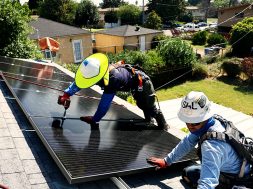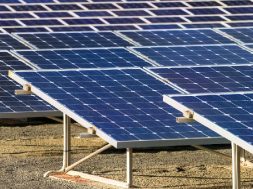
Solar rooftop plant a white elephant for residents
The UT Administration’s last year’s order mandating the installation of solar rooftop plant in residential buildings measuring 500 sq yards and above has failed to get the desired response. This despite the Administration facilitating 30 per cent subsidy offered by the Ministry of New and Renewable Energy (MNRE). As per data provided by the Chandigarh Renewal Energy, Science and Technology Promotion Society (CREST), a total of 86 residents have installed solar photovoltaic of 504 kw (kWp) capacity with net metering at their residence. The residents said the high upfront cost and longer return on the investment period besides concern towards operation and maintenance were the main reasons behind the low adoption. Last year, the Administration had issued orders to make the installation of solar photovoltaic power plant mandatory for residential buildings. It had given two years’ time for the installation. Residential buildings less than 500 sq yards were exempted from the provision. Spokesperson for a solar agency empanelled by the Administration said, “The cost of acquisition is high despite a subsidy of 30 per cent. Normally, the return on investment is around six-seven years which appears to be too long for the residents as the cost of electricity is low in Chandigarh. So, many people are not coming forward to install the plant.”
For example, the ideal capacity to be installed at a house measuring 500 square yards is 5 kW. Considering the 1 kilowatt cost to be around Rs 65,000, the total cost comes around to be Rs 3,25,000, excluding the subsidy. The government is offering subsidy at the rate of Rs 18,000 per kW so it becomes Rs 90,000. After deduction of the subsidy, the total cost borne by the residents is Rs 2,35,000. The efficiency of the plant on an average is 20 per cent. If a resident consumes 20 units a day, his return on the investment will be 6.5 years. For the residents, the period is too long despite the fact that the plant’s life is 25 years. “The concept is new and we don’t want to experiment,” said a resident.
According to solar developers, insufficient knowledge among citizens about the attractive return-on-investment and perception that a large upfront capital investment is required are the main reasons. Then, there were factors such as, low awareness and concerns regarding operation/maintenance, said Santosh Kumar, director, CREST. Also, the tariff of conventional power supplied by the Chandigarh Electricity Department is low. Hence, the plant does not look attractive.















